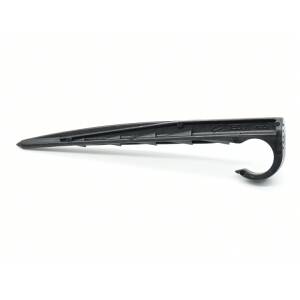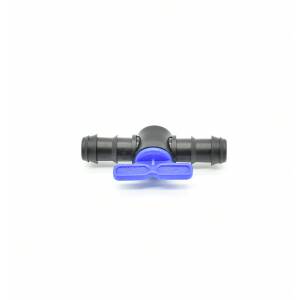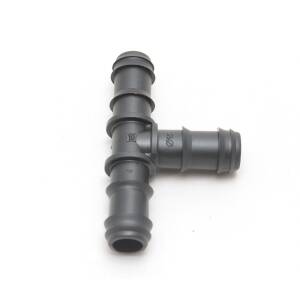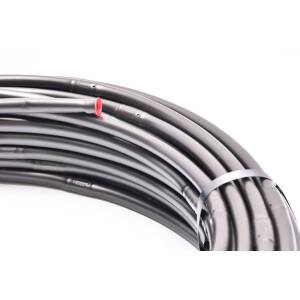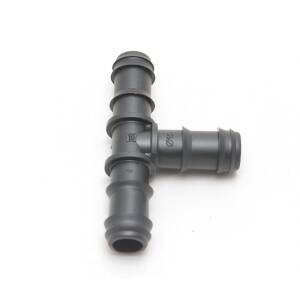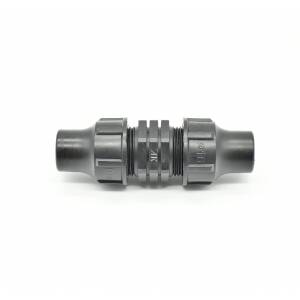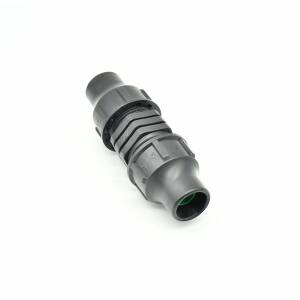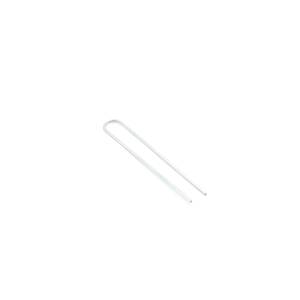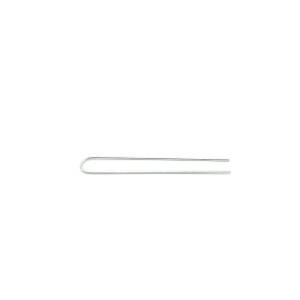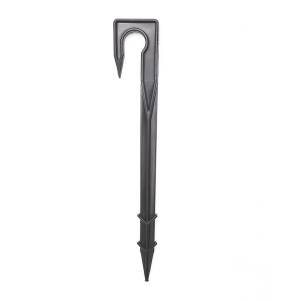Frequently Asked Questions (FAQs)
Installation begins with planning. Measure the areas to be watered and determine the required length of drip tube. Depending on the terrain, such as slopes or flat surfaces, installation can be more or less challenging.
Make sure that the operating pressure of the system matches the drip tube. Use pressure reducers and filter systems to ensure an even water supply.
The appropriate length depends on the size of your garden. We offer rolls with a diameter of 16 mm in different lengths, for example 50 m or 100 m rolls.
Regular flushing and the use of a filter prevent deposits in the pipe and ensure a long service life.
The wall thickness of a drip tube determines its stability and durability. Medium-thickness tubing is sufficient for gardens with normal soil, while thicker-walled tubes are recommended for harder soils or for underground installation. Our products clearly indicate the wall thickness so that you can select the appropriate properties for your project. Choosing the right wall thickness increases the longevity of your system.
If your system needs to be expanded or repaired, push-fit connectors offer a simple solution. These allow you to easily extend or replace damaged sections. When laying, you can proceed piece by piece and adapt your existing system. Make sure that all connections are tight to avoid water leakage.
Our items are quickly delivered after you have added them to your shopping cart and completed the online order. Shipping is handled efficiently by DHL, so you will receive your order quickly.
The delivery time for our products is short because they are shipped directly from stock. This enables fast delivery, which is particularly attractive for customers who want to receive their order quickly.
Perfect planning and selection of your drip tube system
Selecting the appropriate drip tube starts with careful planning. With our DVS irrigation planner, you can easily calculate the quantities and lengths you need. You should adjust the roll length and the distance between drippers to suit the planting. Drip lines with a dripper spacing of 30 cm are ideal for beds or hedges, for example. In addition, the DVS irrigation planner makes it easy to plan the drip tube zones so that you can then order them online.
Installation and operation: How to succeed with drip irrigation
Installing a drip tube is easy and requires no special knowledge. Simply lay the pipe along your plants and secure it with ground stakes. Drip tubing is particularly advantageous as it is easy to install and can be adapted to different garden conditions. For underground installation, the soil should be loose enough for the drippers to deliver water efficiently. In addition, an air vent is then necessary to protect the system from being flushed with debris.
An operating pressure of 1.5 bar is ideal to ensure an even water supply. Pressure reducers and filters protect your system from damage and blockages. With the right accessories, such as connectors, installation can be completed in just a few steps.
Regular maintenance and filter cleaning will extend the life of your system. If you have any questions, our customer service team is always available to help by email.
The advantages of drip pipes for your garden
With a drip pipe, you can deliver water directly to your plants without risking unnecessary evaporation or waterlogging. This PE pipe works reliably, especially in hedges, flowerbeds or greenhouses. Drip pipes are robust, durable and available in different lengths and wall thicknesses. We offer a variety of irrigation products that can be ordered online to meet different needs.
- Efficient irrigation: Drip pipes release water evenly via integrated drippers.
- Versatile installation: Whether above or below ground, the drip pipe adapts.
- Sustainable and water-efficient: Reduce water consumption without sacrificing healthy plants.
- Easy connection: Thanks to plug-in connectors and matching accessories, installation is a breeze.
Our tip: With an additional filter, you can avoid deposits in the pipes and extend the life of your system.
Drip irrigation for difficult terrains
Irrigation on slopes often presents a challenge, but with drip irrigation pipes, you can easily overcome it. Thanks to the precise water delivery of the integrated drippers, the water stays exactly where it is needed – even on sloping surfaces. It is important to take the slope into account when planning and to choose a drip irrigation pipe with pressure-compensating drippers. These ensure that the water is distributed evenly even at higher points.
When installing on slopes, it is recommended to lay the drip tube across the slope to avoid erosion and optimize water distribution. Also, make sure that the tubes are firmly anchored so that they do not slip. Connectors and ground hooks are particularly helpful here.
Using a filter and pressure regulator will ensure that your drip tube works efficiently for a long time. An operating pressure of around 1.5 bar is ideal for sloping terrain, as it ensures an even water supply. With the right accessories and a little planning, watering difficult terrain is a breeze.
Drip lines for greenhouses – Maximum yields through precise irrigation
A greenhouse places high demands on irrigation, as the plants are often closer together and uniform growth is crucial. Drip lines are the perfect solution here, as they deliver water directly to the plants' roots, enabling precise supply. With drip irrigation tubes, you can keep the moisture in the soil constant, which is particularly important for sensitive crops.
Choose a drip tube with a narrow emitter spacing, e.g. 20 or 30 cm, to water all plants evenly. Installation is easy: lay the drip tube in the rows of plants and fix it with ground hooks. In a greenhouse, you can lay the drip tube above ground or cover it lightly with a thin layer of soil to further minimize evaporation.
Combining it with a filter and a pressure reducer protects your system from clogging and ensures that the water output remains precise. An operating pressure of approx. 1.8 bar is sufficient for operation. Add an automatic controller to your system to make irrigation efficient and stress-free. Drip pipes in the greenhouse are the ideal choice for achieving high yields with minimal water use.
Sustainability and environmental protection – environmentally friendly irrigation solutions
Our drip irrigation systems are specially designed to save water and protect the environment. With drip irrigation tubing, you can ensure that each plant receives exactly the amount of water it needs, with no waste. This is especially important in times when water is a precious resource.
Our drip irrigation pipes are fitted with integrated drippers that release water consistently, minimizing water wastage. This technology ensures that water is delivered directly to the roots, increasing irrigation efficiency and reducing evaporation. This helps to keep your garden healthy and green while also protecting the environment.
The products we offer are made of high-quality, durable materials such as PE pipes and drippers. These materials are resistant to corrosion and environmental influences, which extends the lifespan of your irrigation system. You can rely on our drip pipes to function reliably even under difficult conditions.
Another advantage of our drip irrigation systems is how easy they are to install. You don't need any special tools or expertise to lay the drip lines. With a few simple steps, you can get your irrigation system up and running and start reaping the benefits immediately.
Our products are also compatible with other irrigation systems and can be easily integrated into existing systems. This means that you can expand and adapt your irrigation system as needed, without having to make major modifications. This way, your garden will always be optimally supplied, and you can focus on what's important – enjoying your green oasis.
 Free Online Irrigation-Planner
Free Online Irrigation-Planner






